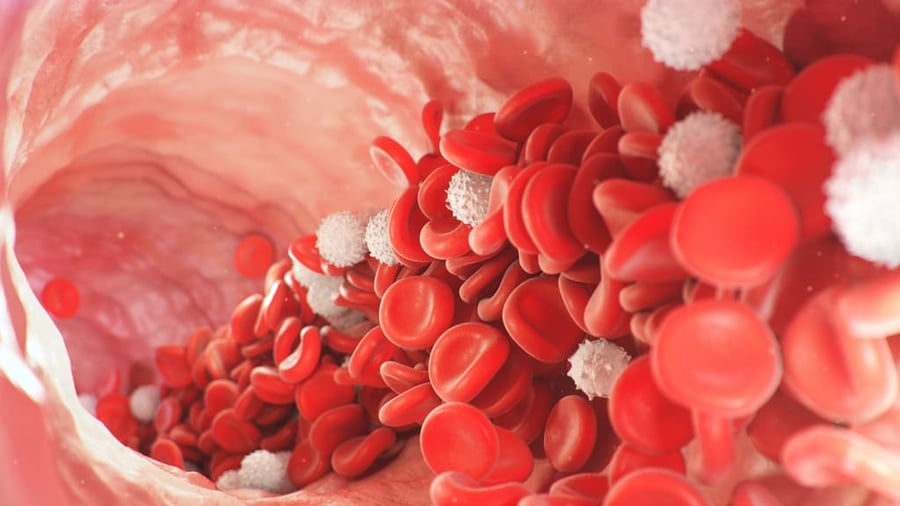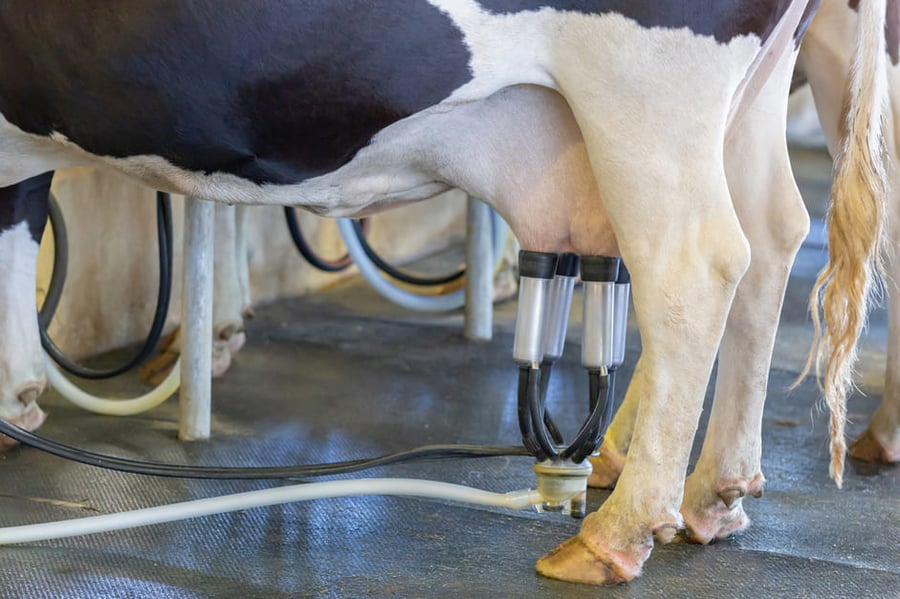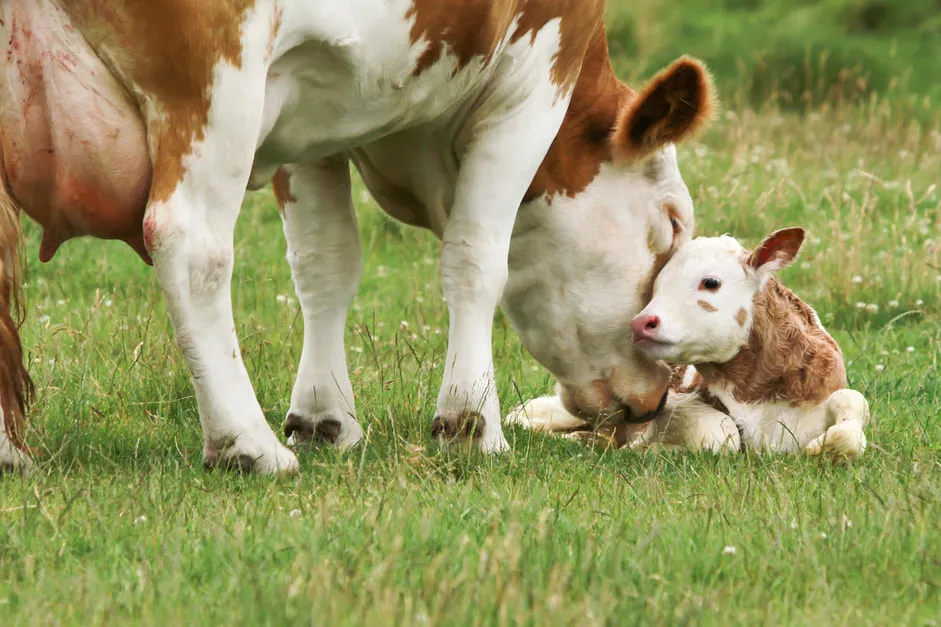Infection with Bovine Viral Diarrhea virus (BVD) is a major cause of sanitary issues worldwide. Therefore, this disease is responsible for both poor health status and important economic losses in infected farms. Historically, BVD symptoms were mainly related to the Mucosal Disease. This disease only concerns Persistently Infected (PI) animals and inevitably leads to death after severe diarrhea outbreak. Nowadays, the prevalence of PI animals is lower than twenty years ago and BVD symptoms are mostly reproductive disorders.
Reproductive disorders
The BVD virus has a particular tropism for developing cells, especially those of the embryo or foetus. Thus, if the strain is able to cross the placental barrier and develop in the future calf, it can lead to either embryonic death or abortion, depending on the stage of gestation. In this case, one of the BVD symptoms will be part of the repeat breeding syndrome.
In some cases, the pregnancy is completed, but if the cow was infected between 40 and 125 days of age, the calf that is born is a PI. The calf may look normal or have neurological or eye problems (some of these calves are born blind). They may also have growth retardation. But most importantly, they excrete BVD virus all the time and are therefore a major source of contamination for other animals in the herd.
Apart from pregnancy, BVD infection also affects the upper organs of the cow's reproductive system. Ovaritis and salpingitis are also some BVD symptoms. These inflammations, together with a negative effect on follicle growth and ovulation, lead to a reduced fertility.
In males, the BVD virus also affects the testicles. The quality of spermatogenesis is affected and consequently the fertility of bulls is reduced. In addition, infected bulls can excrete the virus in the semen. This can lead to the contamination of mated cows during natural breeding.
Other main BVD symptoms
In addition to reproductive disorders, the main BVD symptoms in the case of infection of non-PI animals are:
- Decreased immunity
- Diarrhea
- Respiratory disease
Decreased immunity
BVD virus also has a tropism for immune cells, particularly white blood cells. Acute infection is manifested by a transient leukopenia (decrease in blood leukocytes). Therefore, during this period, the affected animal is more susceptible to secondary infections and may develop secondary diseases such as mastitis, metritis...

Diarrhea
Diarrhea is common in acute BVD infection. In adults, diarrhea is usually transient and mild. Affected animals are slightly weakened and the faeces are more liquid. The clinical episode lasts 3-7 days and then the animal recovers spontaneously. In some cases, the symptoms are so mild that the farmer is not aware of the presence of sick animals in his herd. However, some strains of BVD virus can cause much more severe episodes of diarrhea. In these cases, the affected animals have a high fever (over 40°C) and severe diarrhea which may be haemorrhagic. This severe diarrhea can lead to intense dehydration and, in extreme cases, to the death of the animal.
Respiratory disease
The BVD virus is one of the pathogens involved in Bovine Respiratory Disease (BRD). Moreover, like other viruses (RSV, PI3, etc.) encountered in this syndrome, it favours secondary bacterial infections. But the occurrence of these secondary infections is also favoured by the fact that the BVD virus also has an immunosuppressive action.
Minor BVD symptoms
Several studies have also shown other clinical expressions of BVD infection. For example, reduced milk production, increased mastitis frequency or increased placental retention rates are also BVD symptoms.

Key message
BVD symptoms are varied and often non-specific. It is therefore important to note any abnormal increase in health problems within the herd and to consider with the utmost attention any signs suggesting reproductive disorders. In both of these cases, a search for BVD should be considered. If the presence of the disease in the herd is confirmed, biosecurity measures and vaccination should be put in place to control BVD which is considered one of the most important scourges in cattle farming.
About the author
Philippe Gisbert (Ruminants Global Technical Manager)
Philippe Gisbert started his career in 1994 as a Vet practitioner working with companion and farm animals for over 9 years. He then became Health Affairs Manager for Group Agena (artificial insemination company). In 2008 he joined Eurofins – Laboratoire Coeur de France as Animal Health Unit Manager where he worked for 7 years until he joined Ceva France as Technical Manager Ruminants (Infectiology, Vaccines and Diagnostic). Since 2020 he is Global Technical Manager for Biologicals, Udder Health and Antiinflammatories. He is a member of SIMV diagnostic and anti-infective technical groups and has integrated different working groups of ANSES and UNCEIA related to epidemiology, antibiotic resistance and reproduction in livestock.
Explore author’s articles



Leave your comments here